
- FORUM
- PROJECTS
- ABOUT US
- RESOURCES
- CONTACT US
- FORUM
- PROJECTS
- ABOUT US
- RESOURCES
- CONTACT US
The Building Approach
The distance view
The Building Entrance
From outside to inside
Configuration of Path
The sequence of space
Path & Space Relationship
Edges , nodes and termination of path
Form Of The Circulation Space
Corridor , Balconies , Galleries , Stairs , Rooms
The Building Approach
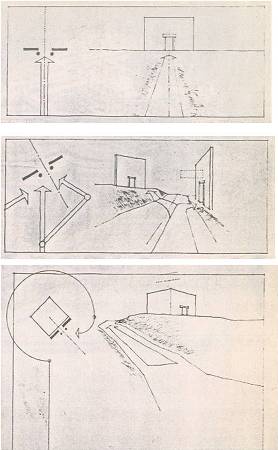
Frontal
- A frontal approach leads directly to building entrance along a straight axial path
- The visual goal that terminates the approach is clear ; it can be entire front facade of a building or an elaborated entrance within it.
Oblique
- Enhance the effect of perspective on a building front façade and form
- Path can be redirected one or more times to delay and prolong the sequence of approach.
Spiral
- A Spiral path prolongs the sequence of the approach and emphasizes the three dimensional form of building and it moves around the buildings parameter.
- The buildings entrance might be viewed intermittently during the approach to clarify its position or it can be hidden until the point of arrival.
Examples

Oblique Approach : FALLING WATER, F. L. Wright

Spiral Approach : Saynatsalo Town Hall · Alvar Alto
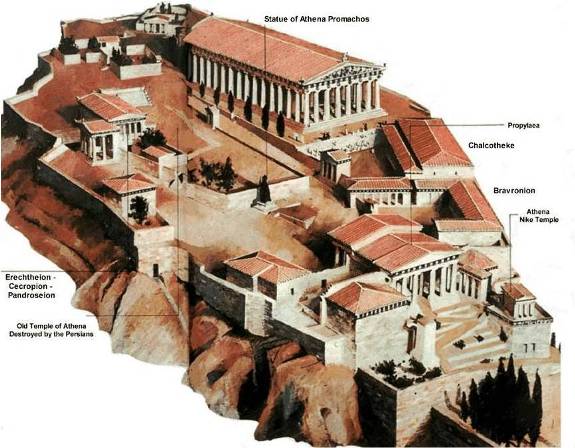
Frontal Approach : THE ACROPOLIS, Athens, Greece
Building Entrances
- Entering a building involves the act of penetrating a vertical plane that distinguishes one space from another and separates “here” from “there.”
- An entrance is signified by establishing a real or implied plane perpendicular to the path of approach.
- Entrances can be flush, projected and recessed.
- Flush entrances maintain the continuity of a walls surface and can be deliberately obscured.
- Projected entrances announce their function to the approach and provide shelter overhead.
- Recessed entrances also provide shelter and receive a portion of exterior space into the realm of the building.
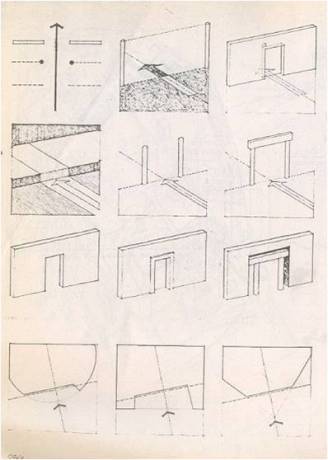
BUILDING ENTRANCES
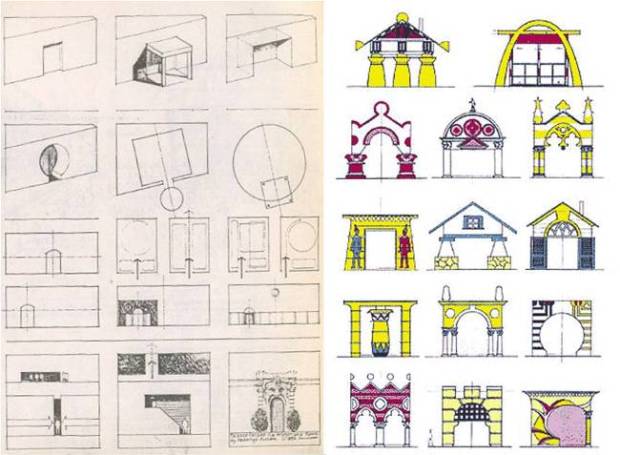
An entrance can be centered within the frontal plane of the building or it can be placed off center and create its own symmetrical condition about its opening.
The notion of an entrance can be visually reinforced by
- Making the opening lower, wider, or narrower, than anticipated.
- Making the entrance extra deep or circuitous.
- Articulating the opening with ornamentation or decorative embellishment.
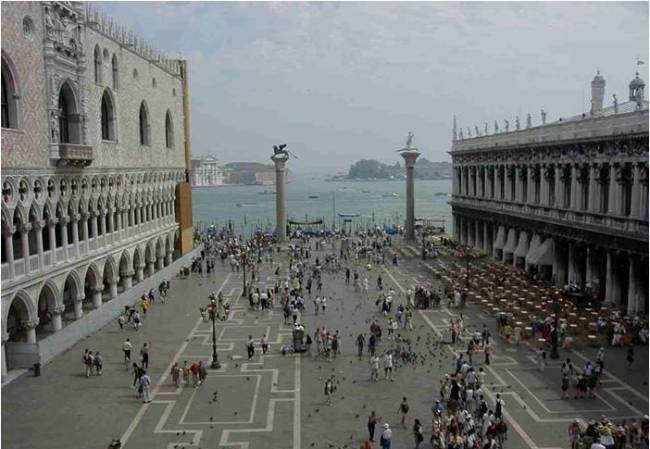
View framed by doges palace on the left and scamozzi’s library on the right .


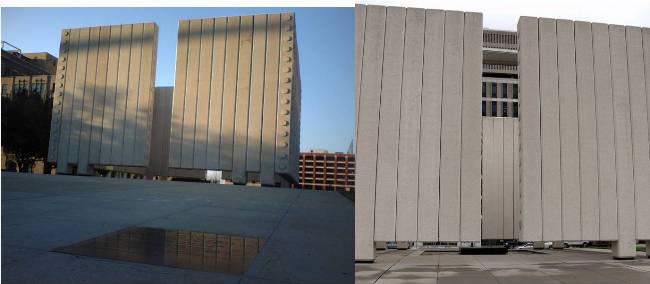

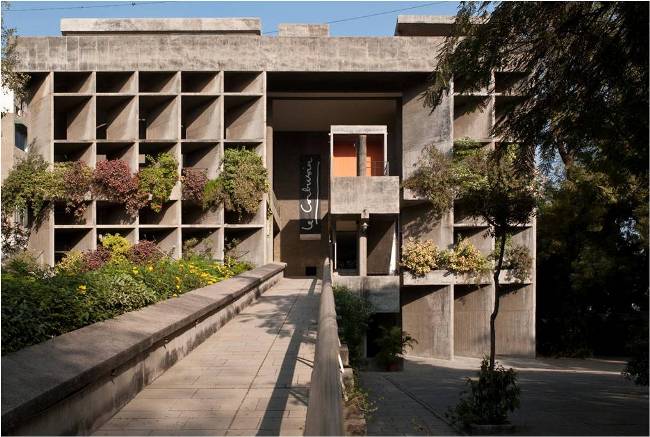
Configuration of the Path

- LINEAR All paths are linear , A Straight path , however can be primary organizing element for a series of spaces.
- RADIAL Path extending from , or terminating at central common point.
- SPIRAL Is a single continuous path that originates from a central point revolves around it.
- GRID Consist of two set of parallel paths that intersect at regular intervals
- NETWORK Consist of random path that connect established point in space
- COMPOSITE Employs combination of the preceding forms
PATH . SPACE RELATIONSHIP
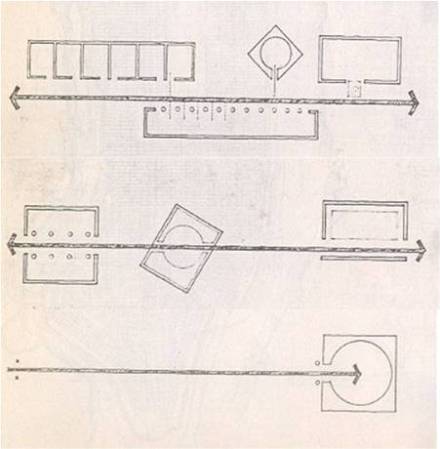
PASS BY SPACES :
- The integrity of each space is maintained
- The configuration of path is flexible
- Mediating space can be used to link the path with spaces
PASS THROUGH SPACES
- The path may pass through a space axially, obliquely or along its edge
TERMINATE IN SPACE
- The location of space establishes the path
- This path –space relationship is used to approach and enter functionally or symbolically important spaces
Taken form :Architecture, form, space & order by D. K. Ching
Slide Show Presentation
Forum Threads
| Study notes of theory of design (TOD) CIRCULATION ELEMENTS |
| Orientation of a Building |
| Elements of circulation |
Register as member & Download PDF
Register as member and login to download attachment [pdf] by right-click the pdf link and Select “Save link as” use for Educational Purposes Only .
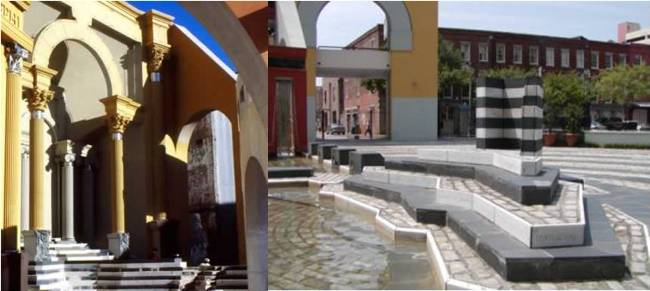


1 Comment
[…] Spiral: This kind of approach leads in a circular or spiral manner that emphasizes the three-dimensional form of the building, and it certainly takes you around the parameters of the building. This kind of approach is provided to highlight the specific detail of the building from a particular point and to make it mysterious. You won’t be able to find out about the front of the building until the point of arrival. Example: Säynätsalo Town Hall, Finland, Villa Hutheesing, Ahmedabad, India, etc. [2] [3] […]